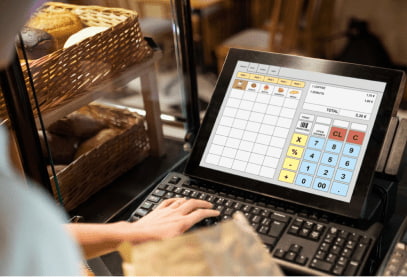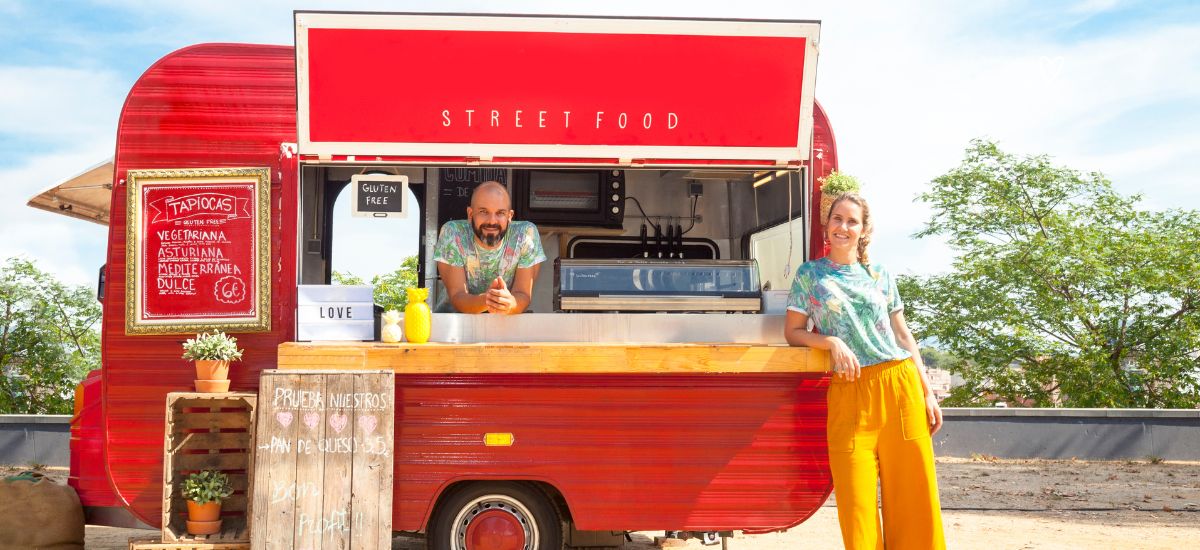Key Takeaways
Today, ordering-in is becoming a new addiction. American cities and counties are filling up with restaurants, food trucks, QSRs and fast food chains that deliver food to their customers' doorstep. With such convenience and maximalism at their fingertips, an average millennial is spending anywhere between $5,000 to $8,000 per year on ordering food online.
Look out, restaurateurs. This is the future and you have to prepare for it.
If you run a restaurant, you need a point-of-sale system. But if you run a restaurant in today's day and age, you need to integrate your POS with an online ordering system to make the most of the technological shift in the restaurant industry. The benefits are numerous, and we are going to discuss them one by one, in detail, to help you make an informed decision.
More Convenience
Wouldn’t it be great if you could manage orders, inventory, and staff for offline store and website in one place? This is entirely possible if you integrate your restaurant POS software with an advanced online ordering system.
While integration between the two technologies might sound like a lot of work, it's really isn't. In fact, when systems don’t talk to each other, problems arise.
When restaurant POS meets online ordering system, all of the inventory information, sales data, customer analytics and so on are seamlessly integrated and consistently updated. The system gives a bird's eye view of many key processes, such as sales, tax, accounting, customers, staff management, reward programs and a lot more.
Result? You save a lot of time. You don’t have to manually enter incoming online orders, transfer inventory, or combine reports from one system to another. Everything that you need will be at your fingertips, well documented, in an organized manner. The integrated systems give better insights into each terminal that you can use to lay the path for future improvements.
Better Customer Experience
POS integration with Online Ordering also helps improve customer experience. How? Now your existing customers don’t really have to wait in long queues at the restaurant. If they want to order from you, they can simply do it from their smartphone and choose between delivery and pick them up in-store options at the checkout point.
Those who want to order-in, won’t have to waste their precious time repeating the order several times on the phone. This also reduces the risk of discrepancies in the orders placed and delivered as these kind of errors can simply damage a restaurant’s reputation.
What more? Customer profiles can be linked in the software so you can set up reward programs for loyal visitors. You can also store valuable customer information so you can make personalized recommendations when they order from your restaurant. If you keep your software up to date, it also helps keep customer payment information secure.
Increased Revenue
Restaurants that integrate their POS with an online ordering website have reported 20-25% increase in the profit. They have also seen that people who order online tend to order more. The average order value of an online order is about 10-12% more compared to the orders placed on the phone.
Additionally, being online also means that you can reach a wider audience with minimal marketing efforts. Spending some time promoting your business on social media sites will expand the reach of your restaurant to localities you never thought possible. As your business’ online visibility increases, so will your sales.
On the operational front, an integrated system can help minimize payroll expenses as you won’t need additional staff to handle delivery orders. The systems automatically update the kitchen staff about new orders. You can train your existing staff to manage the ecosystem efficiently.
Effective cross-Channel promotions
Cross-channel promotion is a great strategy to expand your customer base. More customers mean more sales and more revenue. When it comes to cross channel promotions, an integrated system can allow coupons, loyalty rewards, as well as gift cards to be redeemed at the restaurant, as well as online.
Your loyal customers are the most important. They are the ones who post pictures of your food on social channels and write reviews online. These are the types of customers you need.
Merging POS with Online Ordering for restaurants would provide the data that you can utilize to draft cross-channel promotions to increase brand loyalty and customer retention. Personalized email campaigns can target your customers on the basis of buying patterns, interests and food preferences. Loyalty points can also be structured in a way that encourages customers to place more orders, as well as refer more people to try out your food and services.
Getting Started
Integration doesn’t need to be complex and costly endeavor for your business.
To find your starting point, you need to analyze the current state of your restaurant's operations and our future goals. For starters, do you already have a POS system in place? Do you have a website with or without online ordering capabilities? Would you like to get an online ordering mobile app? Do you have none of the above and need to start from scratch?
If you already have a POS system in place, you’ll want to start looking for an efficient, robust food online ordering system.
Evaluate different online ordering platforms on the market provider and see if they provide integration with your existing POS software and if the functionality will work with your restaurant management systems.
On the other hand, you may also find that your current POS system is outdated and can’t integrate with any online ordering platform. If that’s the case, you’ll have to invest in a new one with more modern features and functionalities.
Lastly, if you’re just starting out, you have the luxury of building something from the ground and find solutions perfect for your business model.
Still not sure if an integrated solution is right for you? See how Restolabs helped Declan Arty multiply his profits in a short span of time.
Frequently Asked Questions


.gif)
.png)
.png)


.png)



